10 Antique Pocket Scales and Calipers From the Industrial Age
Pocket scales and calipers once played a vital role in industries where every measurement mattered. They were used for weighing gold, checking mechanical parts, and verifying materials during production. These tools reflected a time when precision and durability guided every design. Their compact form made them popular among merchants and engineers alike.
This post may contain affiliate links, which helps keep this content free. Please read our disclosure for more info.
Salter Brass Spring Pocket Scale
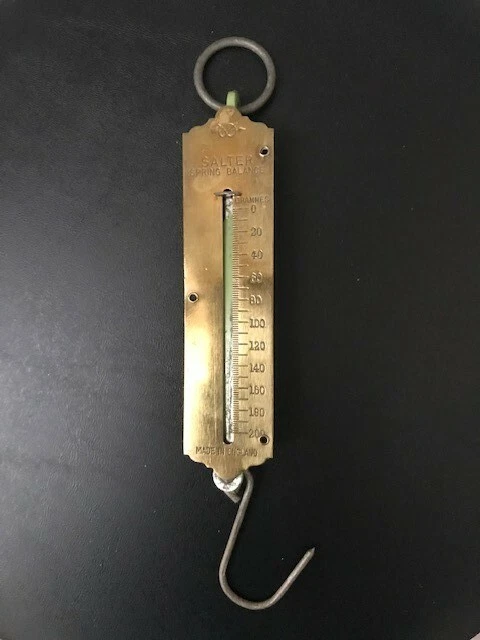
The Salter Brass Spring Pocket Scale was first produced in England in the mid-1800s and became a popular tool among merchants and travelers. It featured a sturdy brass body and a spring mechanism that could measure up to several pounds. These compact scales were designed for portability and were often attached to keychains or belt hooks. Their reliable design made them useful for weighing coins, produce, or parcels. Authentic Victorian-era models typically sell for $150 to $350 depending on condition and markings.
Collectors appreciate the Salter Pocket Scale for its mix of practicality and old-world charm. Many were engraved with the maker’s name and weight limits, adding to their visual appeal. The brass finish develops a natural patina that enhances its antique look. Some examples come with their original leather pouches, making them even more valuable. It remains a fine representation of English craftsmanship from the Industrial Age.
Chatillon Hanging Balance Scale
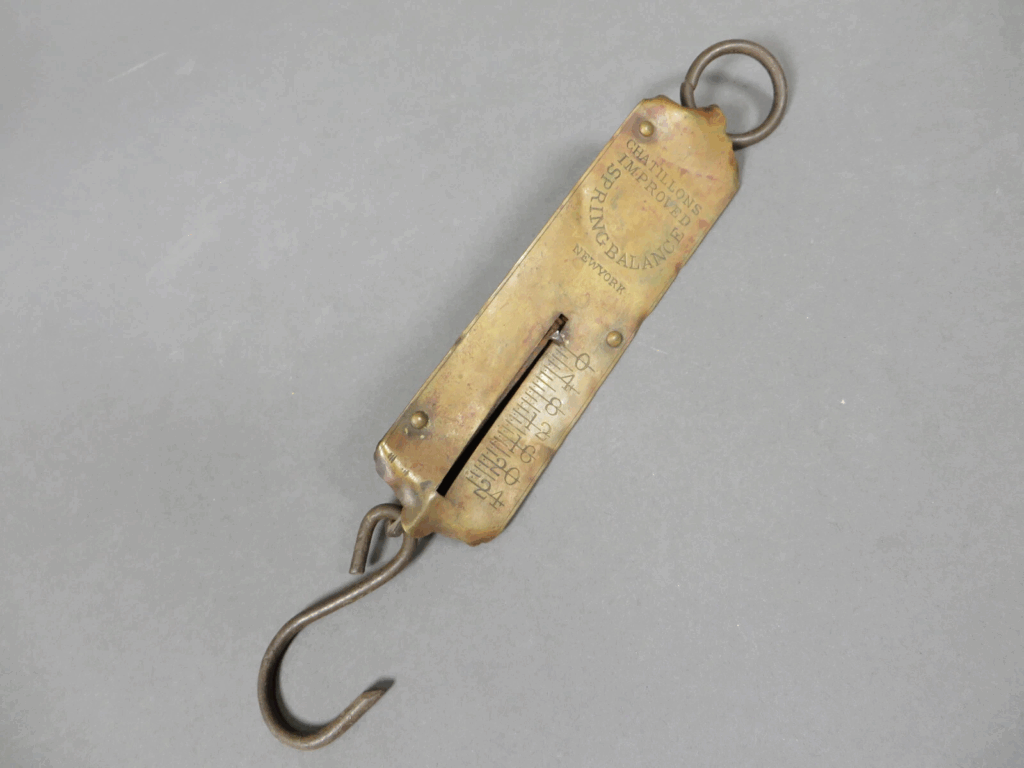
Made in New York during the late 19th century, the Chatillon Hanging Balance Scale became a trusted tool in markets and warehouses. It used a spring system to measure weights accurately when goods were suspended from its hook. Its steel casing and clear dial made it durable and easy to read. These scales were commonly used by merchants to weigh meat, grain, and hardware. Well-preserved versions can fetch between $200 and $400 today.
Collectors enjoy the Chatillon scale for its industrial beauty and historical significance. The company was known for precision instruments that served everyday trade. Many surviving examples still work smoothly, showing the quality of their build. Some feature decorative engraving or company logos that add to their uniqueness. It is a reminder of how essential accurate measurement was to business in the 1800s.
John Rabone and Sons Folding Caliper
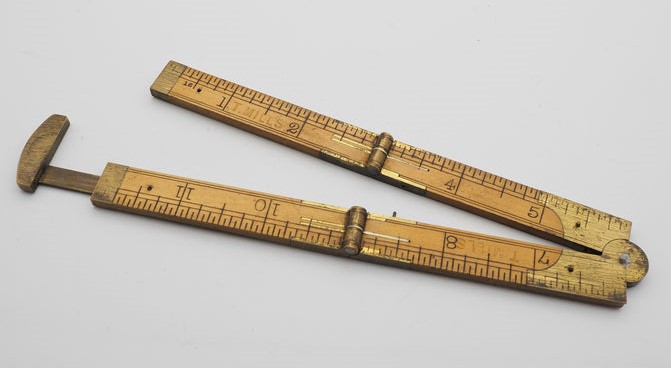
Produced in Birmingham, England, during the late 19th century, the John Rabone and Sons Folding Caliper was a marvel of practicality. It featured hinged arms that folded neatly for easy storage in a worker’s pocket. The brass construction and engraved measurement markings showcased fine workmanship. This tool was commonly used by engineers, shipbuilders, and carpenters. Vintage examples in working order are valued between $150 and $300.
Collectors admire Rabone and Sons instruments for their quality and durability. The folding design made it ideal for fieldwork during the Industrial Age. Some models were paired with matching rulers or compasses, forming part of travel toolkits. The engraved scales have stood the test of time, remaining readable even after decades of use. It is a compact piece that reflects the ingenuity of British engineering.
W. and T. Avery Coin Scale
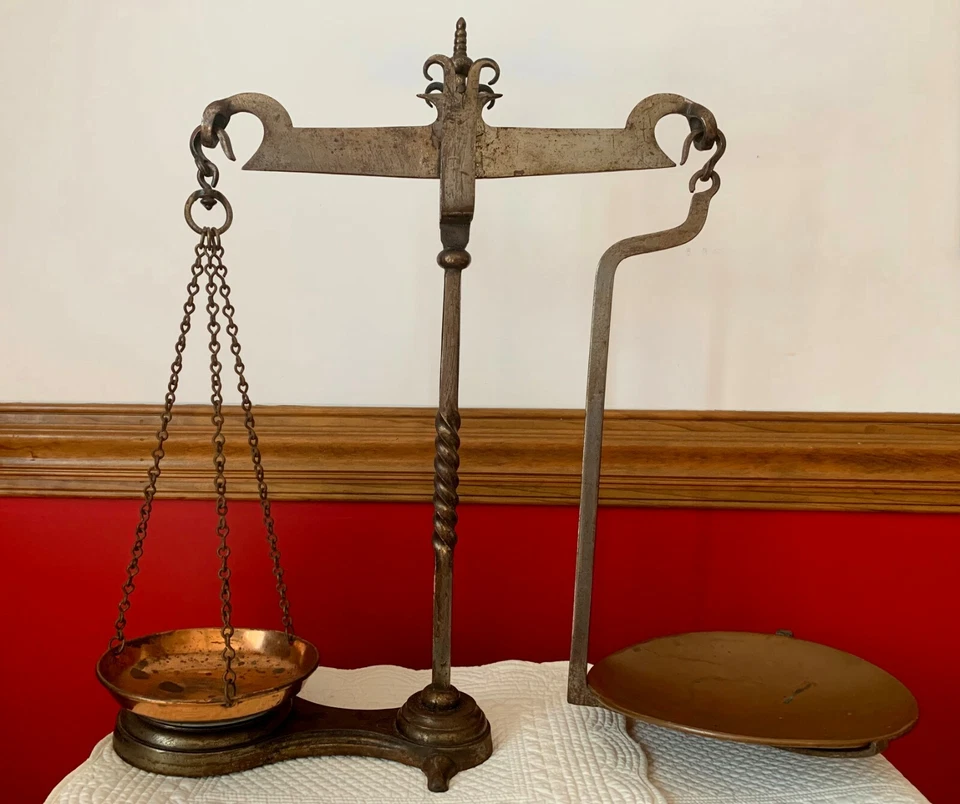
W. and T. Avery of Birmingham began producing coin scales in the early 1800s for bankers and traders. These pocket-sized brass scales were used to verify the weight of gold and silver coins. Many came in small wooden or leather cases for protection. The balance beam was finely crafted to provide accurate readings without counterweights. Depending on completeness, these scales sell from $250 to $600.
Collectors treasure Avery’s coin scales for their historical link to early commerce. They represent a time when counterfeiting was common, and weighing coins was essential. The fine detailing and engraved maker’s name add character and authenticity. Some sets include miniature weights marked with British currency symbols. Owning one connects collectors to the history of trade and finance.
Lufkin Rule Co. Caliper Rule
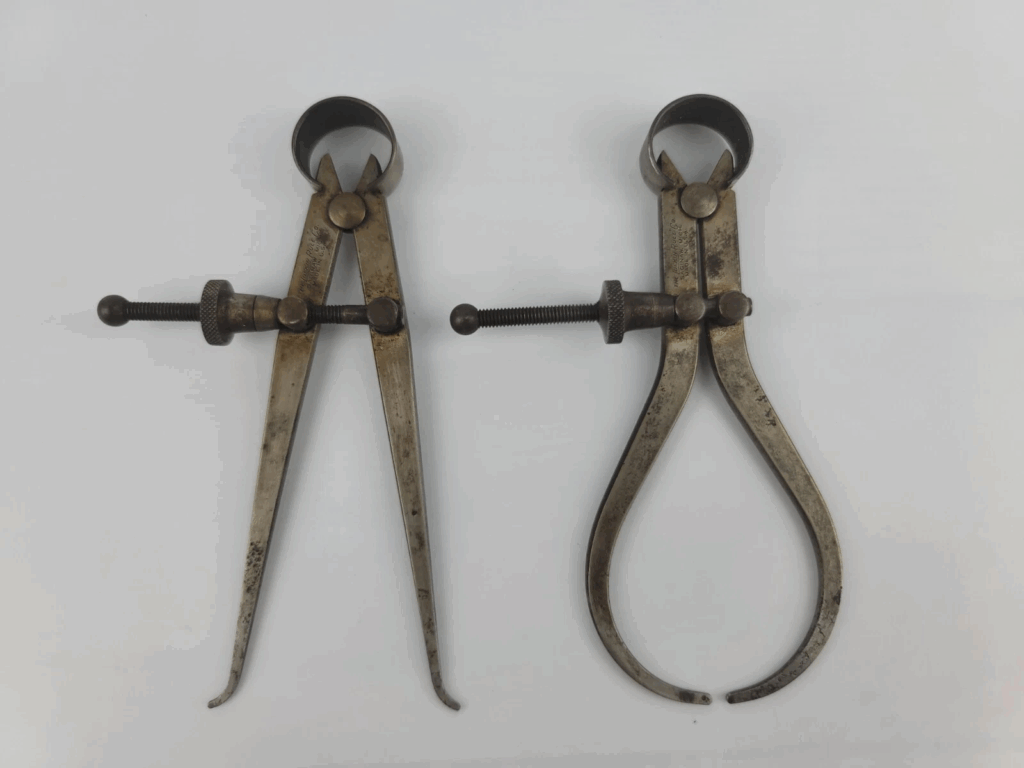
The Lufkin Rule Company of Michigan introduced its caliper rule in the early 1900s for machinists and engineers. Made of brass and steel, it combined the function of a measuring stick and caliper in one portable tool. Its sliding jaw allowed quick measurement of both inside and outside dimensions. The company’s stamped logo and patent numbers make identification easy. Vintage examples usually sell for $100 to $250.
Collectors appreciate how the Lufkin caliper rule reflects the ingenuity of early American toolmaking. It symbolized a time when portability and accuracy were equally important. Many workers carried them daily in their coat pockets or tool belts. The patina and wear patterns tell stories of years spent in workshops. This dual-purpose tool remains a favorite among antique measuring devices.
Toledo Portable Dial Scale
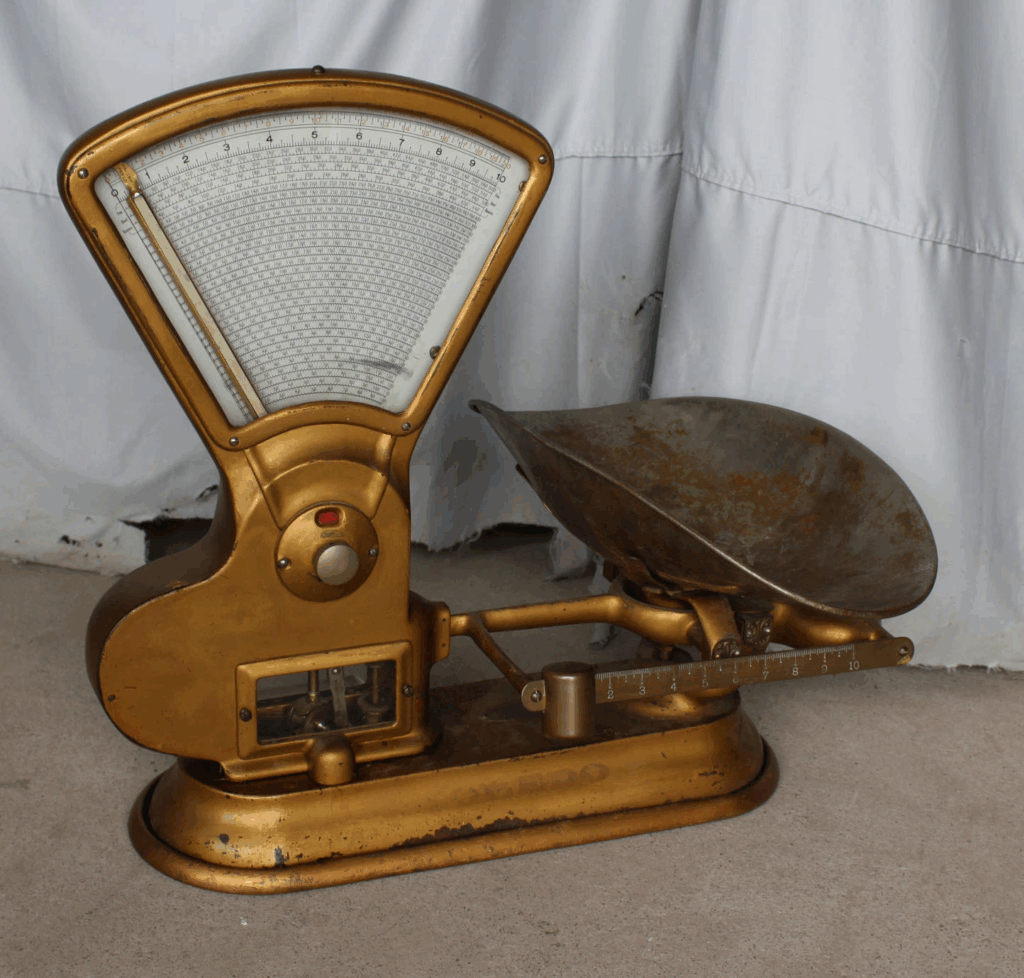
The Toledo Portable Dial Scale appeared in the early 1900s and became popular with merchants and inspectors. It had a compact circular body with a visible dial face for direct readings. Built with steel and glass, it was made to withstand regular travel and field use. These scales were often used to weigh produce or postal items. Working examples range from $250 to $600 in value.
Collectors appreciate the Toledo scale for its connection to commerce and transportation. The bold dial and mechanical parts make it visually appealing. Many were used in general stores, leaving behind marks of daily use. Its design combined practicality with an industrial aesthetic. Today, it remains a strong symbol of America’s manufacturing era.
Elliott Brothers Pocket Barometer
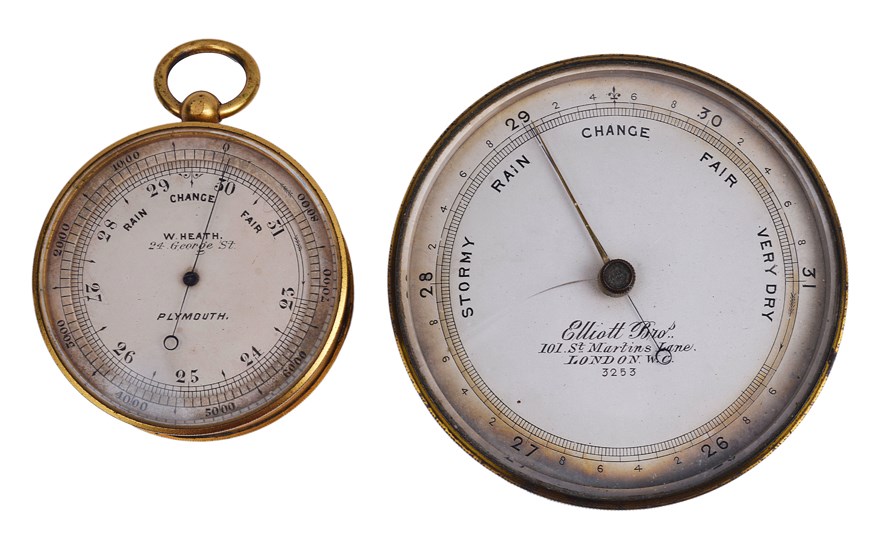
The Elliott Brothers Pocket Barometer was crafted in London during the mid-1800s. Though mainly used for measuring atmospheric pressure, it often doubled as a precision instrument for engineers. The brass case and glass cover protected the sensitive dial mechanism inside. It was small enough to fit into a waistcoat pocket and came with a leather case. Depending on age and condition, these barometers sell between $400 and $900.
Collectors prize this instrument for its engineering beauty and compact size. It reflects the growing need for scientific instruments during the Industrial Age. Many examples are engraved with the maker’s name and city of production. The dials remain bright and functional even after a century. These barometers are admired for both their mechanical and decorative qualities.
Moore and Wright Vernier Caliper

Moore and Wright, based in Sheffield, England, began producing vernier calipers in the late 1800s. These stainless-steel instruments were made for engineers and metalworkers who required dependable measurements. Each caliper featured clearly etched markings and a solid sliding mechanism. They became a standard in factories across Europe. Good examples can sell for $150 to $400.
Collectors appreciate Moore and Wright calipers for their enduring quality and smooth operation. They stand as a symbol of British industrial expertise. Many are still functional and used by craftsmen today. The company’s signature logo and serial numbers make each tool identifiable. These calipers remain a respected part of industrial tool history.
De Grave Short and Fanner Apothecary Scale

This London-made apothecary scale dates back to the early 1800s and was widely used by pharmacists. It featured a brass beam with two weighing pans suspended by fine chains. The set often included small troy weights kept in fitted boxes. Designed for precise measurement of medicinal ingredients, it combined elegance with purpose. Complete sets can reach $500 to $1,000.
Collectors enjoy De Grave’s apothecary scales for their historical link to early medicine. They illustrate how accuracy was essential to safe pharmaceutical work. Many have decorative engravings that make them display-worthy. Some include maker’s marks that confirm authenticity. Owning one brings a touch of history from the days of traditional pharmacies.
Stevens and Co. Machinist’s Caliper
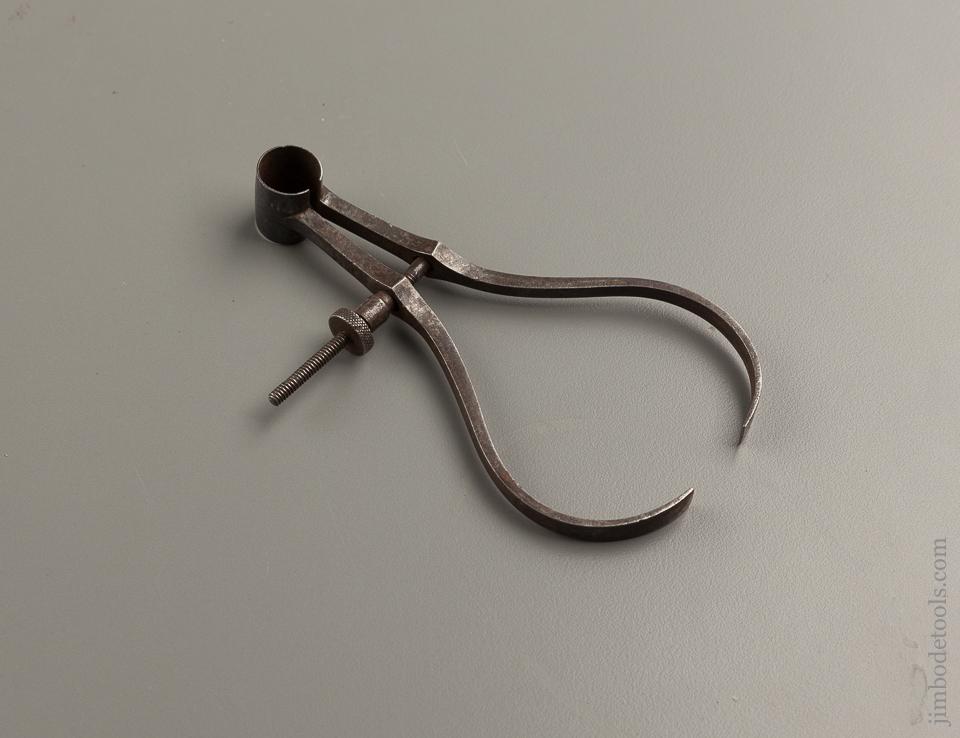
Stevens and Co. produced machinist’s calipers in Massachusetts in the late 1800s for use in manufacturing workshops. The steel calipers featured adjustable screws and thumb grips for easy handling. They allowed workers to measure internal and external dimensions quickly. Their simplicity made them a staple tool during the Industrial Age. Well-kept examples sell for $120 to $300.
Collectors appreciate Stevens and Co. calipers for their role in American industrial growth. The design is durable, functional, and timeless. Many were hand-finished, giving each piece a unique touch. Some even bear patent dates and workshop stamps. These calipers remain an important reminder of early mechanical innovation.
This article originally appeared on Avocadu.
